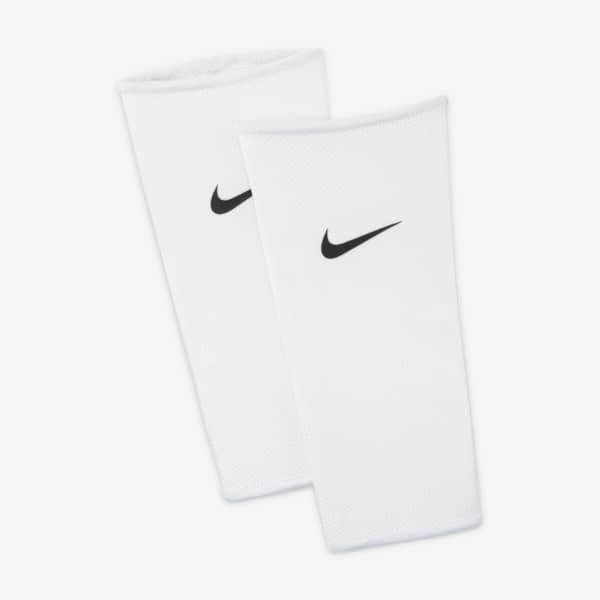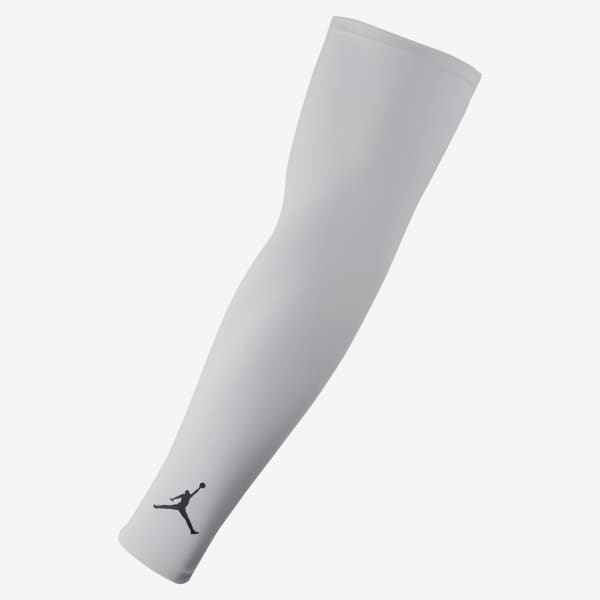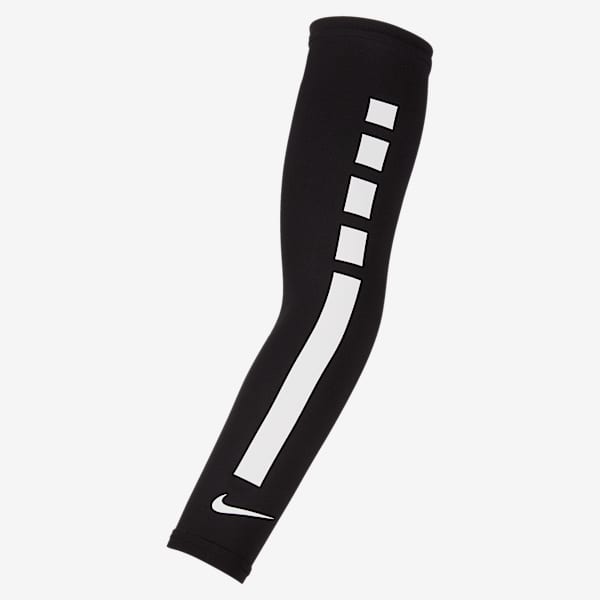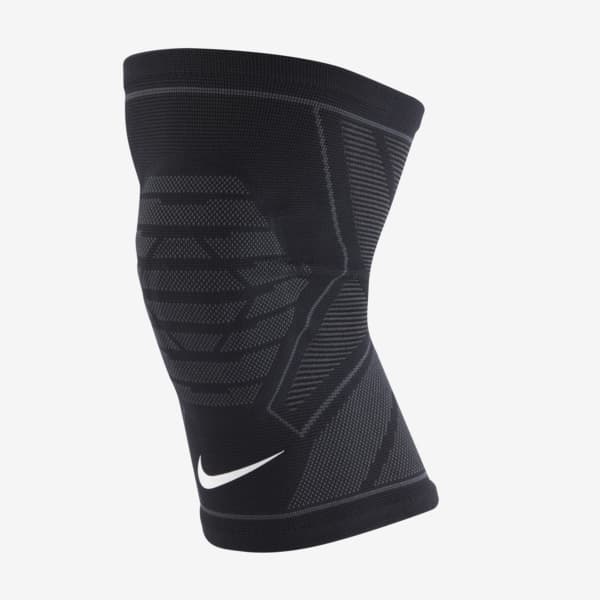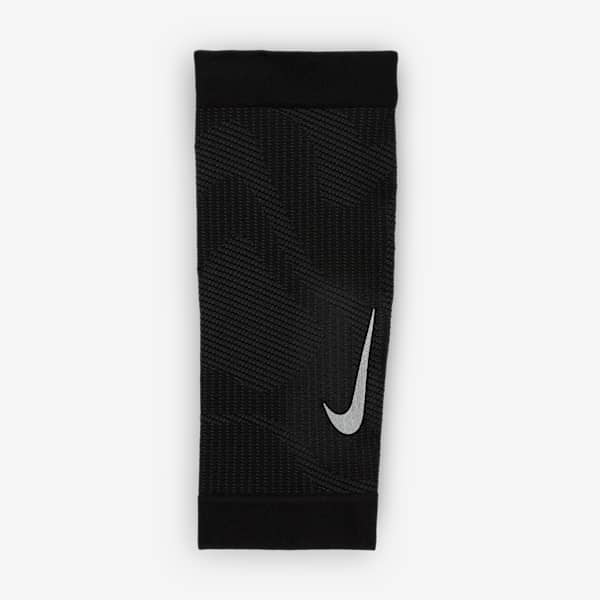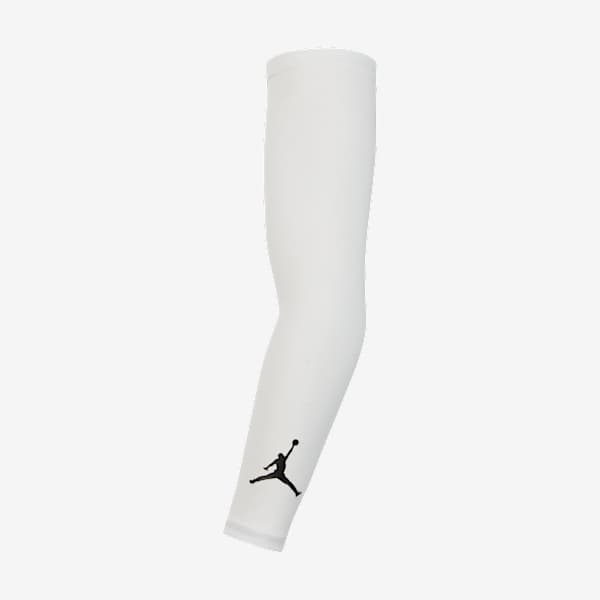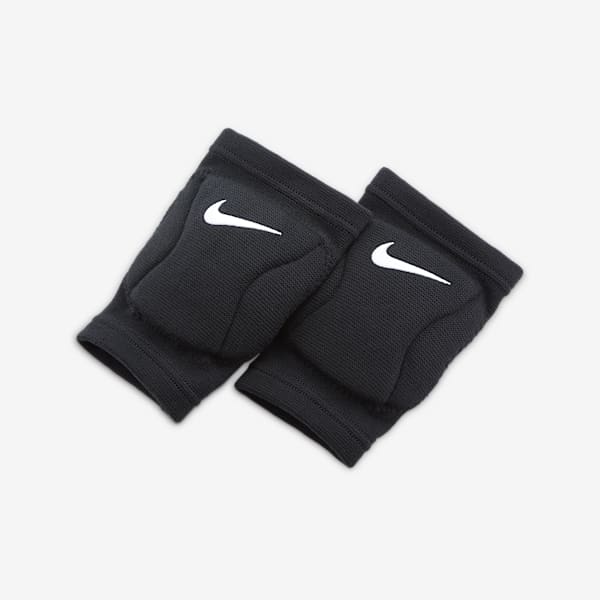Get Extra Support for Squats with the Right Knee Sleeves
Buying Guide
During a tough workout, your knees may need a little TLC. While not a replacement for training, knee sleeves can help. See how in this ultimate guide.
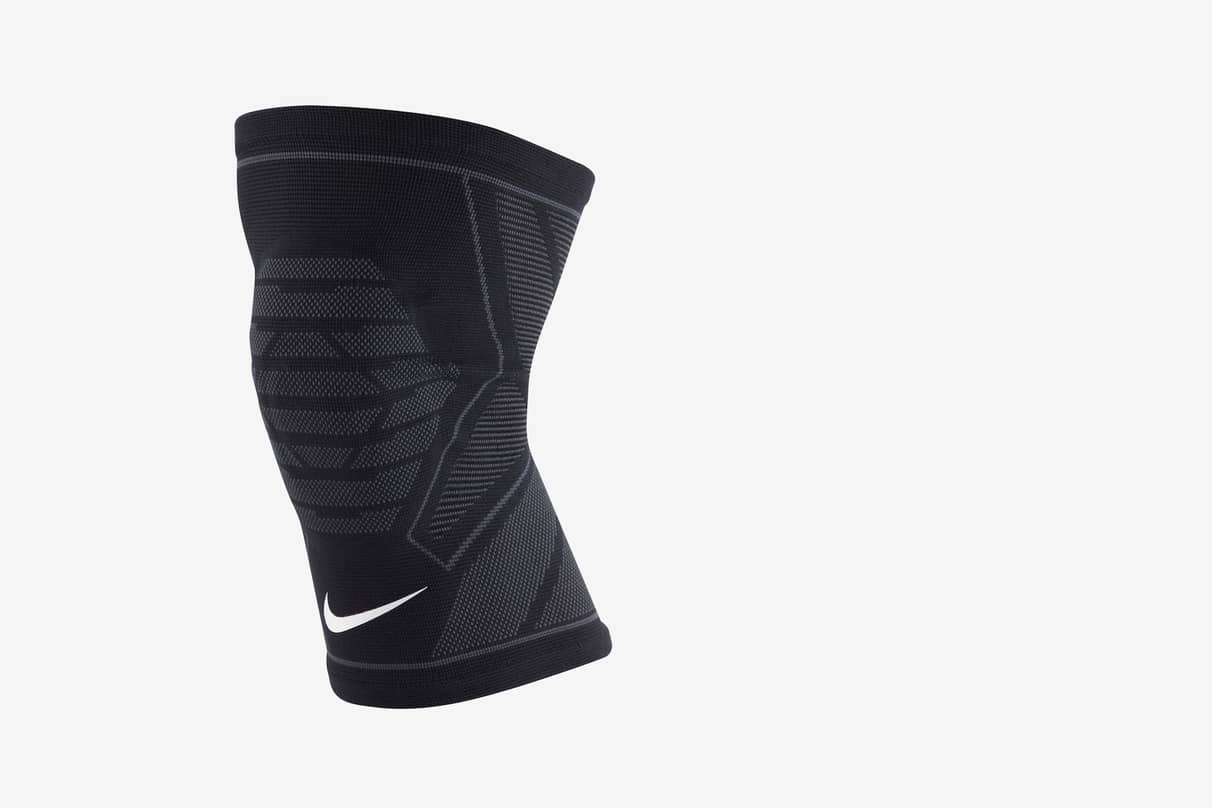
Out of all the joints in your body, your knees are prone to enduring lots of stress. If you're experiencing knee pain that is aggravating enough, you might feel the need to avoid exercise. But weight-bearing exercise such as running can actually improve the quality and strength of the cartilage in your joints, and resistance training such as squats and lunges can strengthen the muscles around your knee joint to help prevent pain and injury.
If you’re just getting started with your workout routine, performing squats might aggravate pain and stiffness in your knee. Building up your repetitions slowly can help, but you might need some extra support and pain relief as you build strength in your knees. A pair of knee sleeves can help you squat with proper form and alleviate pain and swelling. Here’s what you need to know about the sleeves, whether you're a lifter, into powerlifting or simply want some knee support during your run or workout.
Benefits of Knee Sleeves for Squats
Knee sleeves are beneficial for squats, deadlifts and other weightlifting and powerlifting moves that involve the knees. You don’t need to wear them during every weightlifting workout, but powerlifters and anyone with weak knees should consider wearing them when lifting heavy weights or performing plyometric moves that put stress on the knees. They shouldn’t be used to treat a former or current knee injury, but they can help in several ways during weightlifting or powerlifting:
1.Support and Alignment
Knee sleeves provide support for the knee joint, limiting patella movement without restricting your range of motion. This can protect your knees from future injuries. Knee sleeves also improve proprioception, or your ability to sense the position of your knees, which helps you perform squats with better form and proper alignment when weightlifting or powerlifting.
2.Relief from Pain and Swelling
Compression knee sleeves increase blood flow and warmth in the knee, which alleviates pain and swelling. If you have bad knees, compression sleeves can provide relief while you build strength, but keep in mind that they’re no replacement for improving your strength and powerlifting technique.
3.Faster Recovery Times
A 2020 literature review found that compression can help athletes recover faster after exercising. Wearing compression garments helps eliminate toxins from your muscle tissue. Compression reduces inflammation and lactic acid buildup while minimizing muscle vibrations to prevent soreness after a tough workout. Shorter recovery times mean you’ll be able to incorporate more frequent strength training sessions into your routine, which will help you get fitter faster.
How to Choose the Best Knee Sleeves for You
- Choose the Right Thickness: Knee sleeves come in different thicknesses designed for different types of workouts. Choose from 3mm sleeves, which typically provide enough support for strength and endurance training in the gym; 5mm sleeves, which are best for the variety of movements in cross-training, making them a popular choice for CrossFit; and 7mm sleeves, which provide extra stability and are the choice of many powerlifters.
- Look for Key Features: Many knee sleeves are made out of neoprene, which creates warmth but is not as breathable as fabrics like polyester or nylon. If you tend to sweat, opt for a knee sleeve made with Nike Dri-FIT fabric, which is designed to provide optimal moisture-wicking. You may also want to look for a pair with a non-slip system or four-way stretch. Some knee sleeves also feature foam cushioning around the knee.
- Find the Right Fit: Knee sleeves should fit snugly without cutting off your blood circulation or pinching the skin around your knee. To measure your size, start with your knee extended and use a soft tape measure or string and ruler to measure around the center of your kneecap. Compare your measurement to Nike's knee sleeve size chart.
Frequently Asked Questions
What Is the Difference Between a Knee Sleeve and a Knee Brace?
Knee sleeves are commonly used by athletes who want to prevent knee injuries, while knee braces are usually designed to provide support or limit movement while an existing injury is healing. Functional knee braces are typically prescribed for support when a ligament is damaged, rehabilitative knee braces are worn immediately after an injury or surgery, and unloader braces are designed to help with knee osteoarthritis. Some knee braces are used for contact sports, but most athletes and lifters focused on injury prevention can wear a knee sleeve instead.
What Are the Differences Between Knee Sleeves and Knee Wraps?
Competitive weightlifters sometimes use knee wraps, which are designed to provide energy during the upward movement of your squat. They help powerlifters with heavy lifting while decreasing tension on the quadricep tendon to prevent injury to the quads. If your goal as a lifter is personal fitness and not Olympic powerlifting, a sleeve will provide the knee support you need.
How Does a Compression Knee Sleeve Work?
A compression knee sleeve brings more blood flow and warmth to the area of the knee, which helps with inflammation and pain, while also offering knee support and aligning the knee to prevent injury while you do squats and deadlifts as part of your powerlifting or weightlifting routine.
How Do You Care for Knee Sleeves?
Whether you use them after CrossFit, powerlifting, or weightlifting, turn your knee sleeves inside out and allow them to dry after wearing them. You can wash them in your washing machine in cold water on the gentle cycle. Use a small amount of regular detergent. Allow your knee sleeves to air dry. If they’re particularly smelly, you can soak them in distilled white vinegar before putting them through the wash cycle.

